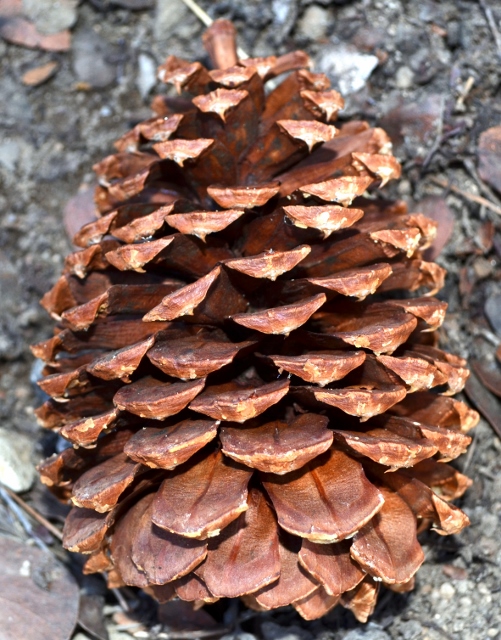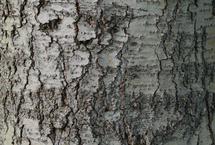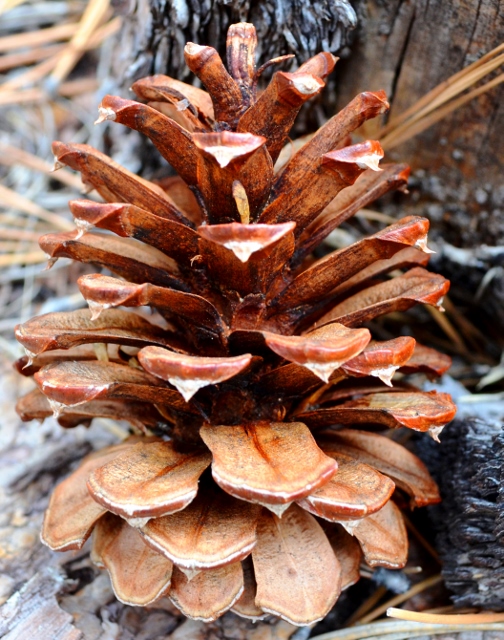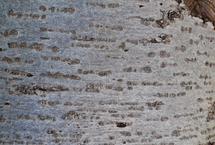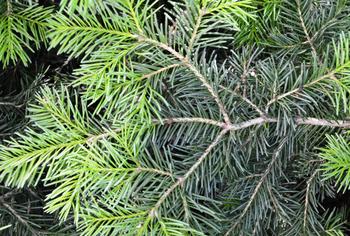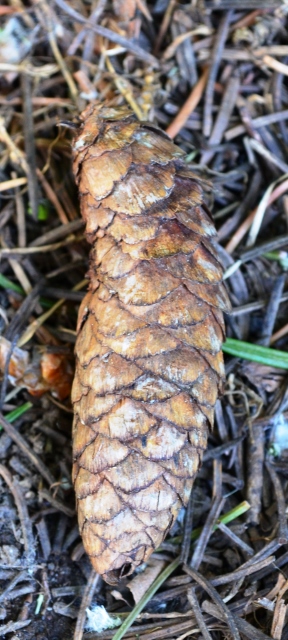saveourplanetearth.com
Call us: (775) 831-1331
Tahoe Trees
Gaze out upon any of the slopes surrounding Lake Tahoe and see a sea of pine trees. Then zoom in to examine individual trees and notice a variety of different species.
The dominant pine tree around Lake Tahoe at lake level is not the Ponderosa pine, as many people seem to believe, but the Jeffrey pine. In the summer, stand near a Jeffrey pine, place your face close to the trunk and take a big whiff – you will surely detect the aroma of butterscotch or vanilla, some say pineapple.
The bark of the Jeffrey pine is generally reddish brown with narrow plates with deep orange fissures, growing to 80 to 130 feet tall; trunk diameter can reach 4 to 6 feet. These trees can live for 400 to 500 years.
The needles are bundled in threes, from about 5 to 9 inches long, blue-green in color. The cones of the Jeffrey are 5 to 10 inches long, deep purple when immature, ripening to pale brown with thin, woody scales. The scales have a barb on the end, which point inward, giving the cone a smooth texture when gripped in the palm of the hand. These inward-pointing barbs have earned it the moniker “Gentle Jeffrey”, as compared with the very similar Ponderosa pine, nicknamed “Prickly Ponderosa”.
The Ponderosa is harder to find at lake level as this tree prefers lower elevations of 2000-4000 feet, as it requires a longer growing season to survive.
I have been looking for an example of the Ponderosa so that I could photograph and document the differences between the Jeffrey and Ponderosa but have not been able to find one, at least not that I could identify; however, there are specimens at Emerald Bay State Park, I just haven’t been there yet to look.
The Ponderosa and Jeffrey are similar in many ways but the differences will aid in identification. The bark of the Jeffrey is reddish brown, deeply fissured and smells like butterscotch. The Ponderosa’s bark is more orange and the fissures are shallow, dark to black, with larger random plating like a jigsaw puzzle.
Jeffrey’s needles are blue-green, Ponderosa’s are yellow-green; both are bundled in groups of three.
The best test is probably examining the pine cones beneath the tree. The Jeffrey’s cones are larger, more compact and the barbs point inward. The cones of the Ponderosa are smaller, loose spacing between the scales, with barbs that point outward.
A common tree along with the Jeffrey at lake level is the lodgepole pine, Pinus contorta murrayana, also called Sierra lodgepole pine or Tamarack pine. The Sierra-Nevada subspecies murrayana is the tallest of the lodgepoles, up to 160 feet, with a narrow silhouette and a flattened crown.
The needles are dark and shiny, about 2 inches long and are bundled in groups of two. The cones are small and open with dark tips and brown bases.
This pine tree is adaptable at elevations 1,600 to 12,000 feet and will grow in dry or wet soils but prefers wetter areas and needs to grow in full sun.
A tree that grows at a variety of elevations, from about 3,000 to 9,000 feet, is the white fir, a non-pine member of the Pinaceae family. It has thin, smooth, silvery-gray bark that is covered with resin-filled blisters.
Young trees are symmetrically shaped like pyramids; older trees are more cylindrical and irregular.
Red fir is related to the white fir, the two even appearing similar as young trees with white bark that deepens to red in the red fir, with a rough texture as the tree matures. Red fir occurs at higher elevations; both trees have cones that grow erect in the uppermost branches.
The white fir has flat needles, the red fir has rounder needles that roll between the fingers, and they are tightly grouped.
The tree found at elevations from 4000 to 11,000 feet is the whitebark pine, alone and gnarly at the tops of the mountains, growing among the boulders. These trees are windswept and twisted – a testament to the harsh conditions at the top.
Its needles are bundled in groups of five, its cones are long and deep purple that break apart easily when mature so that birds can eat the seeds. This tree is an important source of food for the Clark’s nutcracker and Douglas squirrels; Northern flickers and mountain bluebirds often nest in its branches.
Jeffrey pine cone
Ponderosa pine cone
White fir bark, mature tree
White fir bark, young tree
Note the resin blisters
White fir cone
White fir needles



